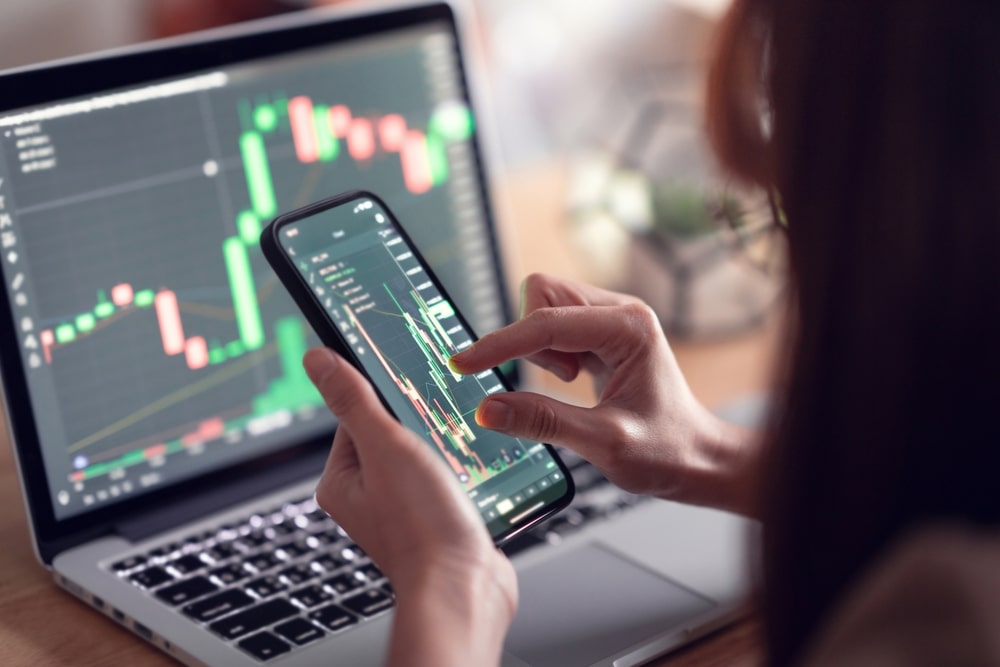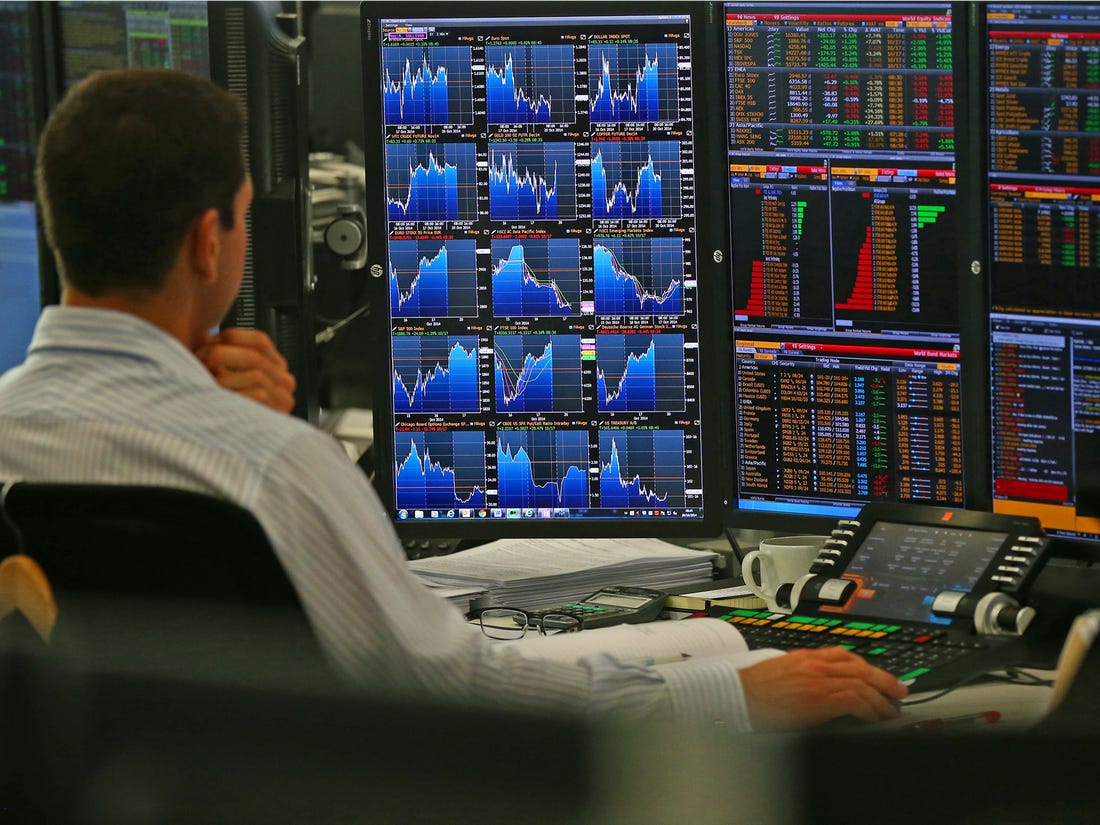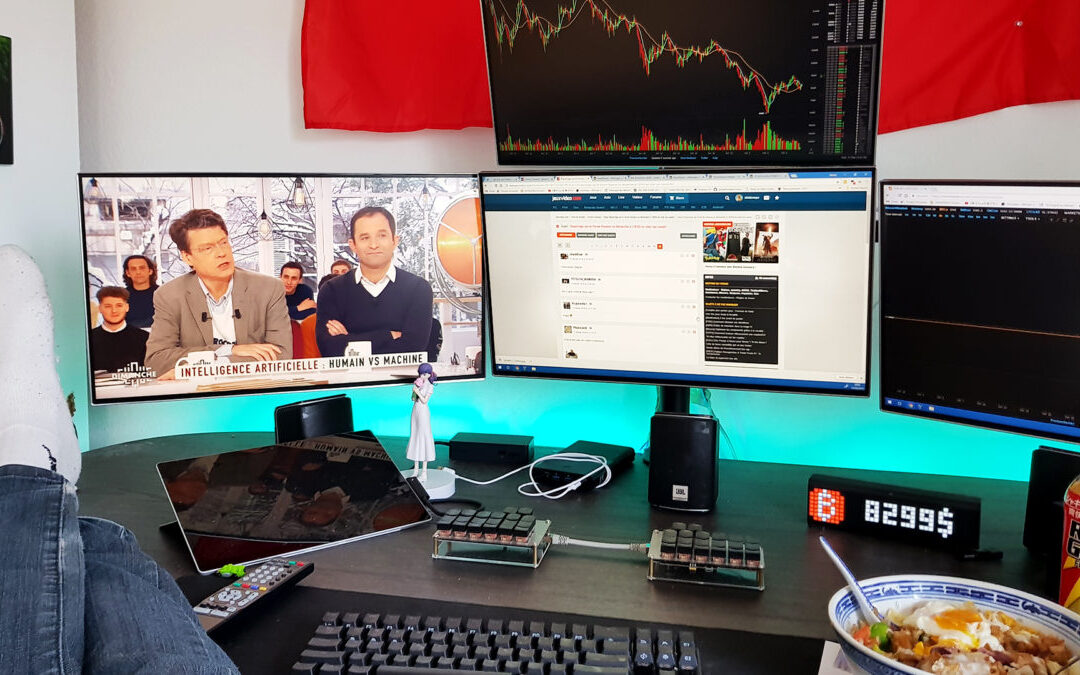Every time I scroll through crypto news, I see the same big question—will XRP be the next Bitcoin? The buzz around XRP has only grown louder as investors hunt for the next breakout coin that could reshape the digital currency landscape.
I get why so many people are curious. Bitcoin’s rise turned early believers into millionaires and set the gold standard for what’s possible in crypto. Now, with XRP’s unique technology and growing partnerships, some wonder if it’s poised to follow a similar path. The idea of catching the next Bitcoin before it explodes is tempting, but it’s not as simple as it sounds.
Understanding XRP and Bitcoin: Key Differences
XRP and Bitcoin operate on distinct technologies and target different user needs. Both remain central to current cryptocurrency discussions, yet each coin follows its own trajectory.
Technology and Use Cases
Technology establishes clear differences between XRP and Bitcoin. Bitcoin uses proof-of-work for its decentralized consensus, securing transactions and issuing new coins. XRP relies on a consensus protocol managed by validators controlled by Ripple and network stakeholders, leading to faster settlements.
Use cases diverge as well. Bitcoin acts as a store of value and payment tool in peer-to-peer transactions, focusing on security and decentralization. XRP optimizes cross-border payments, enabling businesses like banks and payment providers to transfer funds in seconds with minimal costs.
| Feature | Bitcoin | XRP |
|---|---|---|
| Consensus Mechanism | Proof-of-Work | XRP Ledger Consensus Protocol |
| Avg. Transaction Time | 10 minutes | 3-5 seconds |
| Primary Use Case | Store of value, payments | Cross-border transfers, remittances |
| Key Developer | Satoshi Nakamoto | Ripple Labs |
Market Position and Adoption
Market position separates Bitcoin and XRP in terms of global recognition and adoption. Bitcoin consistently holds the largest market capitalization, serving as a benchmark for the industry. XRP typically ranks in the top 10 cryptocurrencies by market cap, though its mainstream adoption centers on institutional partners and financial sector use cases.
Adoption rates also differ. Bitcoin enjoys acceptance by merchants, investors, and crypto-focused platforms worldwide. XRP supports specialized partnerships, including integrations with financial institutions like Santander, SBI Holdings and remittance services. Both cryptocurrencies receive active trading attention, but Bitcoin captures broader retail and institutional investment flows.
| Metric | Bitcoin | XRP |
|---|---|---|
| Market Cap* | $1.0 trillion+ | $25 billion+ |
| Circulating Supply | ~19 million | ~55 billion |
| Top Adoption Sectors | E-commerce, finance, investment | Banking, payments |
Factors Driving the Question: Will XRP Be the Next Bitcoin?

Factors-Driving-the-Question-Will-XRP-Be-the-Next-Bitcoin
Multiple market trends keep fueling comparisons between XRP and Bitcoin. Regulatory shifts, institutional movements, and community engagement play pivotal roles in this ongoing debate.
Institutional Interest and Regulation
Institutional interest in XRP is rising after major legal developments and the potential introduction of XRP-focused Exchange-Traded Funds (ETFs). Favorable court rulings have boosted regulatory clarity for XRP, making it increasingly attractive for firms seeking compliance and transparency. Approval of XRP ETFs would increase liquidity, encourage broader investment, and support price stability by allowing professional traders regulated exposure, similar to how the introduction of Bitcoin ETFs in 2024 amplified institutional participation.
| Institutional Metric | Bitcoin | XRP |
|---|---|---|
| ETF Availability | Live in the US, EU, Asia | Pending approval |
| Regulatory Clarity | Long-established | Strengthening after legal wins |
| Market Cap | Largest, >$1T in 2024 | Lower, typically in top 10 |
Community Support and Ecosystem Growth
Community and developer support underscore the momentum behind both cryptocurrencies. Bitcoin maintains a robust base of developers, projects, and users driving innovation in its ecosystem, such as DeFi and tokenization. XRP’s community is strong among institutions—including payment providers and banks—that use Ripple’s network for cross-border transfers. The growth is visible in rising transaction volumes, active validators, and business integrations, which distinguish its ecosystem focus.
| Ecosystem Trait | Bitcoin | XRP |
|---|---|---|
| Core Use | Store of value, decentralized finance | Cross-border payments, bridge asset |
| Developer Activity | Extensive (DeFi, tokenization) | Focused on payments and tokenized assets |
| Key Integration Partners | Public companies, asset managers | Banks, payment processors, remittance firms |
Comparing Market Performance and Potential

Comparing-Market-Performance-and-Potential
Market performance and long-term growth set XRP apart from Bitcoin as alternatives for high-growth crypto exposure. Direct comparison highlights differences in volatility, adoption trends, and sector use cases.
Price History and Volatility
XRP exhibits substantially higher volatility than Bitcoin. For example, XRP’s 90-day price dropped by 24.86% while Bitcoin stayed relatively stable during the same timeframe. Historical returns show periods where XRP outpaces Bitcoin’s growth, delivering a compound annual growth rate (CAGR) of 99.99% from 2017 to 2025 versus Bitcoin’s 74.39%. In 2024, XRP returned 259% compared to Bitcoin’s 135%. However, Bitcoin consistently dominates market capitalization with the largest share, while XRP ranks fourth with $125 billion and a 4.63% global crypto market share.
| Metric | XRP Value | Bitcoin Value |
|---|---|---|
| 2024 Return | 259% | 135% |
| 2017–2025 CAGR | 99.99% | 74.39% |
| 90-Day Price Decline (Recent) | -24.86% | Relatively stable |
| Current Market Cap | $125 billion (Rank #4) | Largest (Rank #1) |
| Market Share | 4.63% | Dominant share |
Future Growth Prospects
XRP’s potential hinges on regulatory clarity and financial sector adoption. After Ripple’s March 2025 SEC settlement, analysts point toward renewed institutional interest. Forecasts suggest XRP could move to $5 or higher by end of 2025 in bullish scenarios aligned with ETF approvals, escalating institutional usage, and bullish crypto market momentum. Conservative projections set longer-term targets between $0.75 and $1, dependent on sustained adoption and favorable legal conditions. Ongoing regulatory risks and broad market hesitation remain key barriers.
| Scenario | XRP Price Target | Main Drivers |
|---|---|---|
| Bullish (2025) | $5+ | ETF approvals, institutional adoption, positive market run |
| Conservative (2040) | $0.75–$1 | Steady adoption, regulatory clarity |
| Current Risks | Price stagnation | Regulatory uncertainty, limited general adoption |
Challenges and Risks for XRP

Challenges-and-Risks-for-XRP
XRP faces unique challenges that limit its potential to become the next Bitcoin. Key risks include regulatory uncertainty and strong competition from both established and emerging cryptocurrencies.
Legal and Regulatory Issues
XRP encounters persistent legal and regulatory hurdles, most notably the ongoing lawsuit by the U.S. Securities and Exchange Commission (SEC) against Ripple Labs. The SEC alleges Ripple sold XRP as an unregistered security. This case has driven major U.S. exchanges to delist XRP and caused market volatility, restricting access for American investors. Regulatory outcomes directly affect XRP’s market performance and adoption within financial institutions.
XRP’s Regulatory Timeline
| Event | Date | Impact |
|---|---|---|
| SEC lawsuit filed | Dec 2020 | Market volatility, delistings |
| Court grants partial victory Ripple | Jul 2023 | Short-term price surge, relisting |
| Settlement discussions ongoing | 2024-2025 | Institutional uncertainty persists |
The lawsuit’s resolution holds implications for other cryptocurrencies, as regulatory clarity or further restrictions could reshape the broader digital asset landscape.
Competition in the Crypto Space
XRP operates in a saturated and rapidly evolving crypto ecosystem. Bitcoin dominates as a store of value, leveraging its first-mover advantage and extensive institutional support. Ethereum leads in decentralized applications and smart contracts. Several other payment-focused coins, like Stellar and Litecoin, compete with XRP for financial sector adoption.
Market Position Comparison
| Crypto | Market Cap (Billion USD) | Use Case | Institutional Adoption |
|---|---|---|---|
| Bitcoin | $1,250 | Store of value, payments | High (ETFs, company treasuries) |
| Ethereum | $450 | Smart contracts, DeFi | Growing (DeFi, enterprise apps) |
| XRP | $125 | Cross-border payments | Niche (bank partnerships) |
| Stellar | $17 | Remittances, payments | Limited (NGO, fintech channels) |
Competing coins offer similar or enhanced capabilities, creating pressure on XRP’s market share and slowing its path to broader adoption. Strategic partnerships with banks help differentiate XRP, but it still lags Bitcoin and Ethereum in investor trust and global reach.
Conclusion
Whether XRP will ever match Bitcoin’s influence is still up for debate and depends on several shifting factors. I see XRP’s future hinging on regulatory clarity, growing institutional interest, and its ability to carve out a distinct role in global payments.
I’m watching the space closely because both XRP and Bitcoin have unique strengths and face their own set of challenges. While XRP’s journey is far from predictable, its evolution remains one of the most intriguing stories in crypto.
Frequently Asked Questions
What is XRP and how does it differ from Bitcoin?
XRP is a digital asset created by Ripple for fast, low-cost cross-border payments. Unlike Bitcoin, which uses proof-of-work mining and focuses on being a store of value, XRP operates on a consensus protocol that enables quick transaction settlements and mainly targets banks and payment providers.
Why do some investors consider XRP a competitor to Bitcoin?
Investors view XRP as a potential competitor because of its unique technology, strong financial sector partnerships, and focus on cross-border transactions, which differ from Bitcoin’s use as digital gold and its broad acceptance in retail and investment sectors.
How does XRP’s technology give it an advantage?
XRP’s consensus protocol allows for faster and cheaper transactions than Bitcoin’s proof-of-work mechanism. This technological advantage makes XRP particularly attractive for banks and payment services that require quick cross-border settlements.
What is the current market position of XRP compared to Bitcoin?
Bitcoin remains the largest cryptocurrency by market capitalization and is widely adopted. XRP ranks in the top 10, with a focus on institutional partnerships, and has a global market share of about 4.63%.
How volatile is XRP compared to Bitcoin?
XRP is significantly more volatile than Bitcoin, with a recent 90-day price decline of 24.86% compared to Bitcoin’s more stable performance over the same period.
Is XRP a good investment compared to Bitcoin?
While XRP has shown higher compound annual growth rates in the past, it also faces greater price volatility and regulatory risks. Bitcoin enjoys more widespread trust and acceptance, but XRP could offer higher returns if regulatory and institutional trends turn favorable.
What impact has the SEC lawsuit had on XRP?
The ongoing SEC lawsuit has caused U.S. exchanges to delist XRP and increased market volatility, which has negatively affected its adoption and investor confidence. The final outcome of the lawsuit will have significant implications for XRP’s future.
How could regulatory changes affect XRP’s price?
If regulatory clarity is achieved and XRP is deemed not a security, it could regain listings, attract institutional investors, and potentially see its price increase, especially if ETFs are approved.
What are analysts predicting for XRP’s price in 2025?
Bullish forecasts suggest XRP could reach $5 or higher by the end of 2025 due to ETF approvals and renewed institutional interest, while conservative estimates place its price between $0.75 and $1 if adoption and legal conditions remain stable.
What challenges does XRP face in competing with Bitcoin?
XRP faces challenges such as ongoing regulatory uncertainty, lower investor trust compared to Bitcoin, competition from other payment-focused cryptocurrencies, and the need to expand its ecosystem beyond financial sector partnerships.

